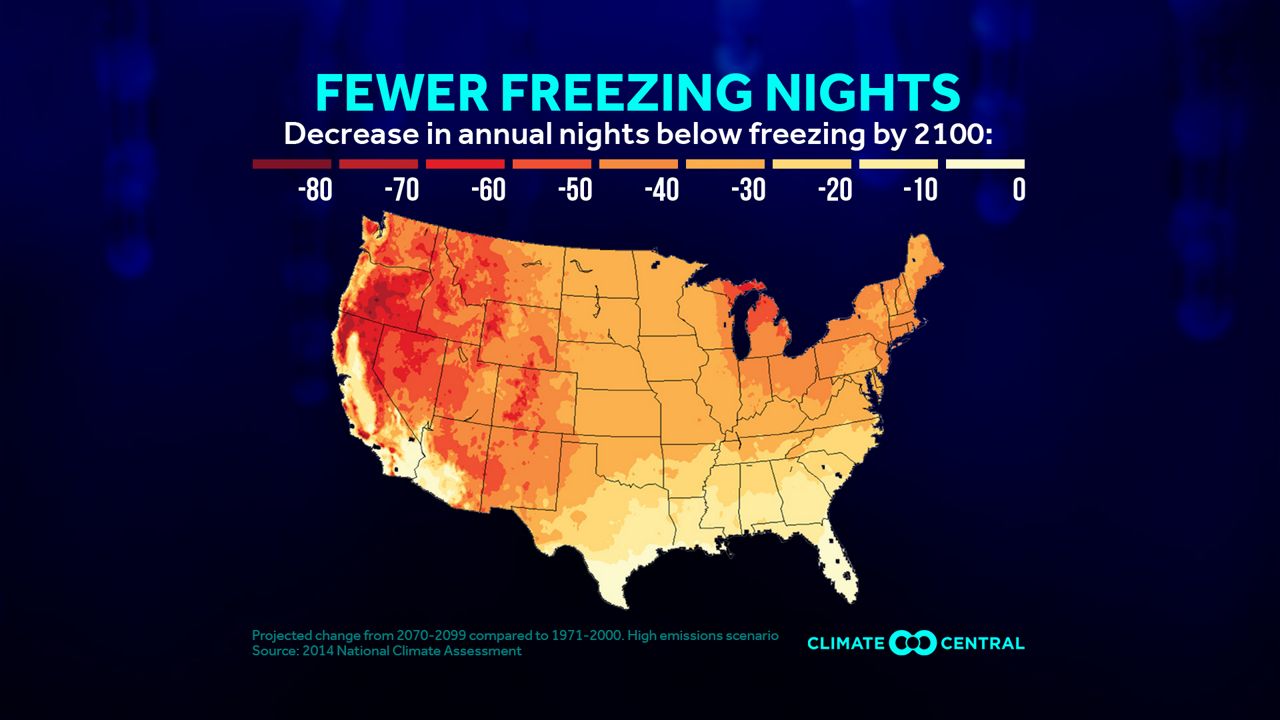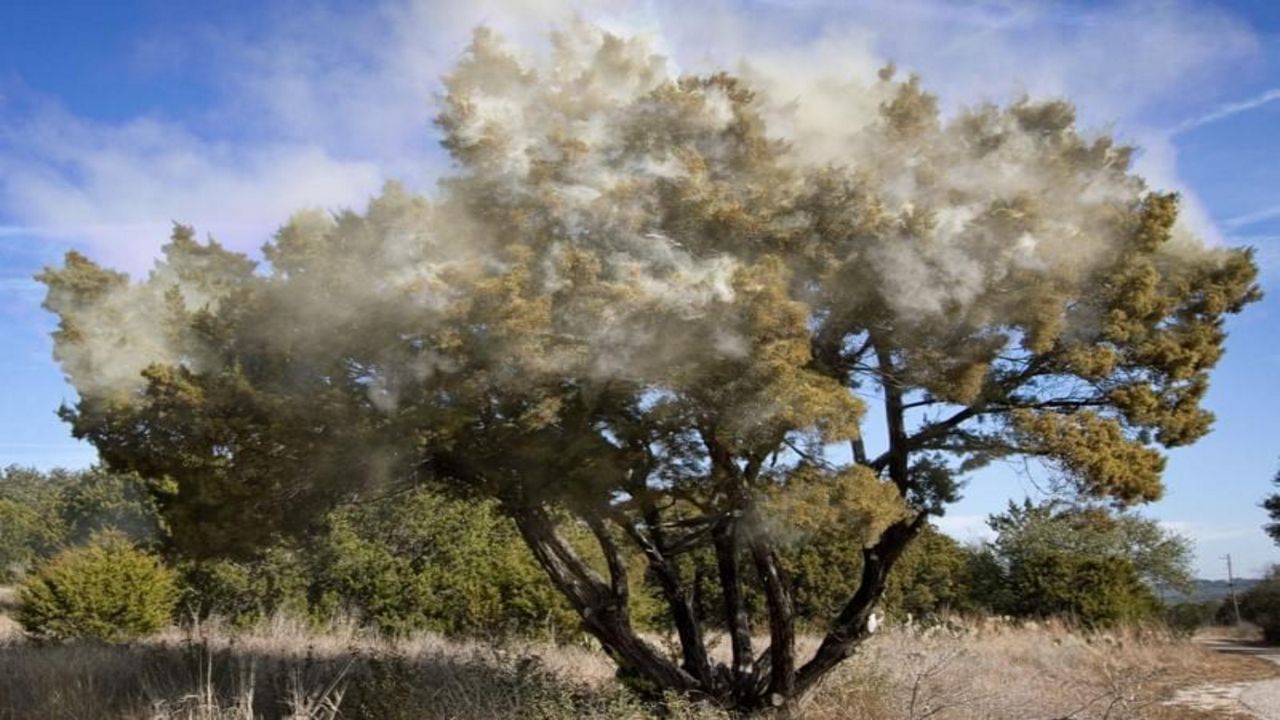If you're tired of sniffling and sneezing due to pesky pollen, you're not going to like this forecast. We expect our allergy seasons to get even longer as a result of global warming.
As planet Earth's climate continues to heat up, the date of the latest spring freeze continues to shift earlier in the year, making the growing and pollen seasons last even longer.
If current trends continue, not only will pollen counts rise with the longer season, but plants have the potential to grow larger and more abundant than they are today due to increased levels of carbon dioxide, the main source of food for plants and one of the primary greenhouse gasses.
Sure, a longer growing season can also bring positive impacts, especially for gardeners, who can plant their crops sooner than later.
Yet, warmer conditions also allow for more invasive insects to thrive, which poses an increasing risk to agriculture and farming.
Higher overnight temperatures can diminish the quality and productivity of grains, fruits, and vegetables, says Climate Matters, driving up costs for consumers.
This isn't a problem to deal with in the future, it's already happening.
From 1970 to 2018, we've seen a notable increase in several spring (March-May) days with above-normal temperatures according to RCC-ACIS.org:
- Austin 19.3 days
- Beaumont 13.3 days
- Corpus Christi 11.8 days
- Dallas 17.2 days
- El Paso 33.2 days
- Houston 22.5 days
- Laredo 14.1 days
- McAllen 26.4 days
- San Antonio 14.3 days
- Victoria 6.8 days
- Waco 5.6 days
- Wichita Falls 8.6 days
The 2014 National Climate Assessment (high emissions scenario) says we can expect 10 to 50 fewer freezing nights across Texas, from coast to the Panhandle, respectively, by 2100.

Beyond grabbing another box of tissues or visiting your allergist, this is another great reason to spend time and effort considering what you and your family can do to help curb climate change.
